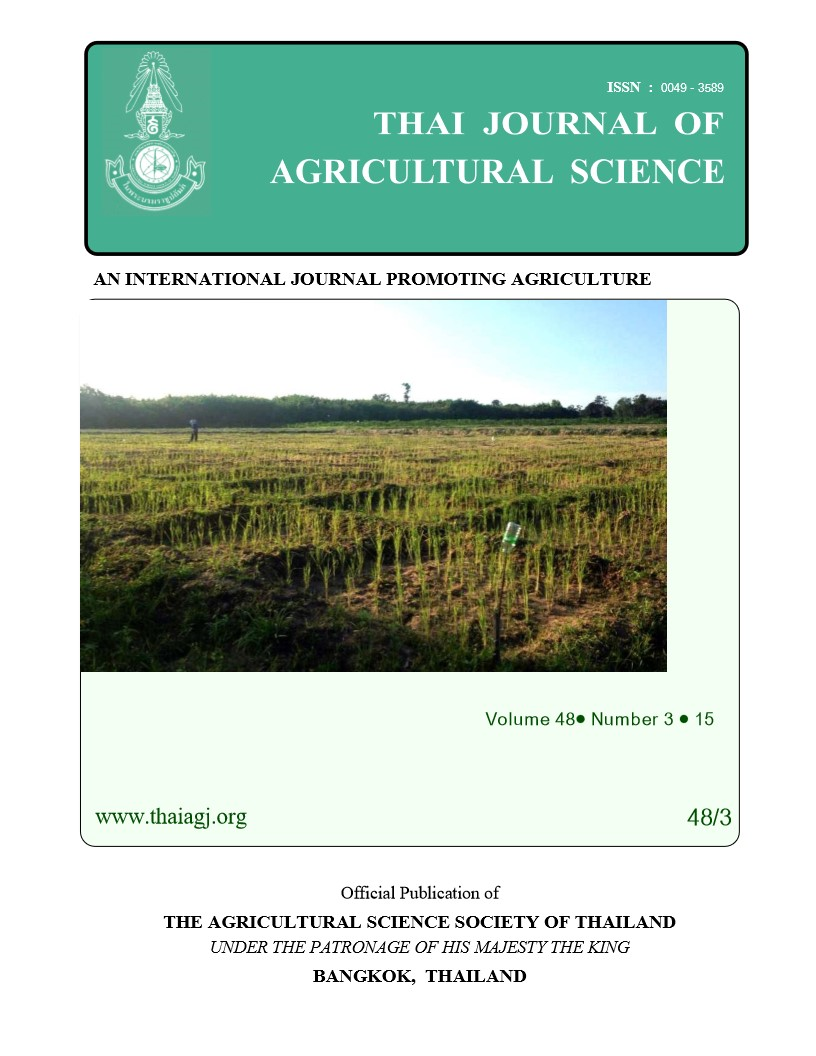Spatial Variability of Plant-available Micronutrients in the Surface and Subsurface Layers of a Calcareous Soil
Main Article Content
Abstract
Geostatistics can be applied for determining fertilizer-needs and predicting nutrient deficiency or toxicity in plants. Spatial variability of available (di-ethilene three amine penta acetic acid, DTPA-extractable) iron (Fe), zinc (Zn), copper (Cu) and manganese (Mn) was studied by sampling 75 points from 0-15 and 15-30 cm depths on a relatively regular design with 50-70 m sampling distance-interval in Dehsheikh area (52º 16´ to 52º 22´ E and29º 37´ to 29º 38´ N) in Fars Province, IR Iran. Statistical analysis showed that except for Mn in 0-15 cm depth and Zn in both studied depths, the other elements was relativelynormally distributed. Available micronutrients had spatial structure and spherical or exponential models were the best fitted models to their experimental semivariograms. In the surface soil the range of spatial dependence (range of influence) varied from 270-2110 m (for Zn and Mn, respectively), whereas, that of subsurface soil varied between 290-3620 m (for Zn and Fe, respectively) indicating that a sampling design with larger sampling distances could be applied. Spatial dependence classes were medium. However, their influence ranges and spatial dependencies in subsurface soil were higher than that of surfacesoil. Ordinary kriging was the most suitable approach for estimating available micronutrients concentration in both soil-depths. Generally, spatial analysis of micronutrients could be useful for evaluating soil fertility and soil quality status, as well as developing proper sampling approaches.


